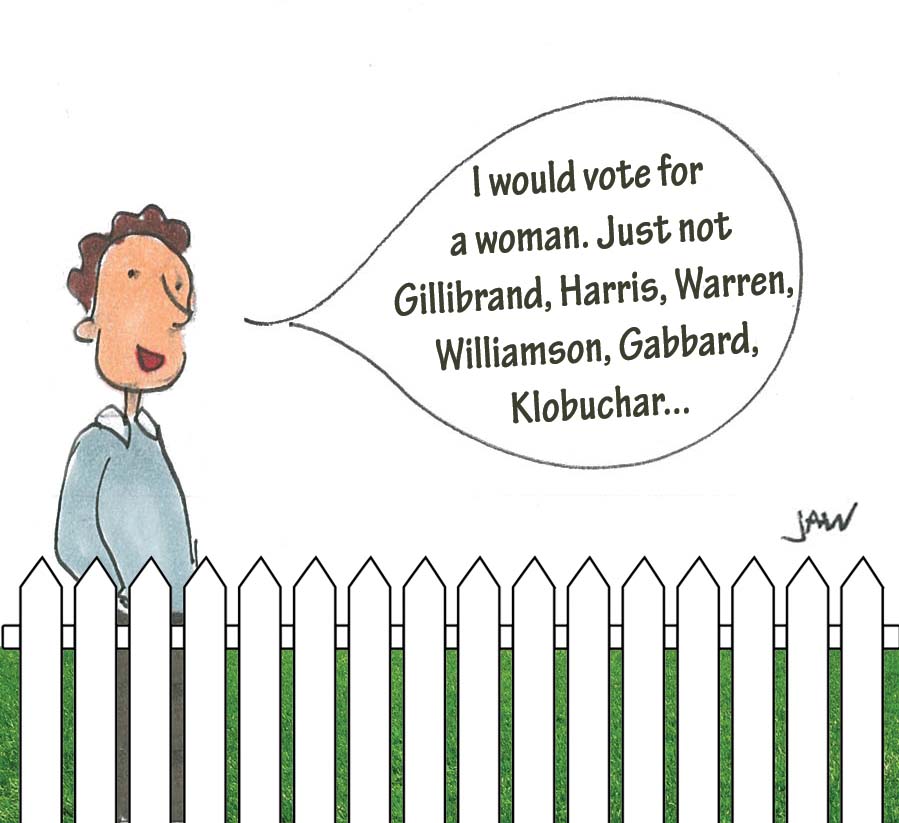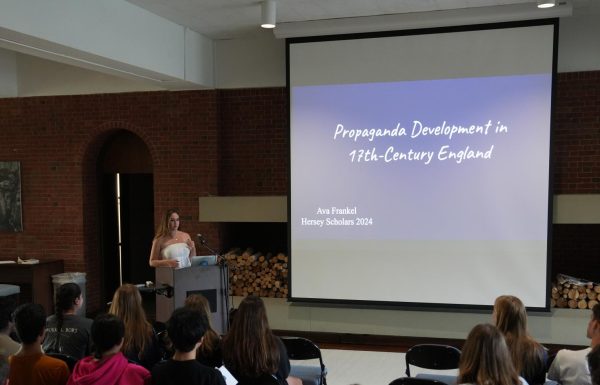The Double Standard for Women in Politics
The 2020 Democratic primaries are unlike any this country has ever seen. A record number of candidates are running – beginning with a startling 28 that has slowly whittled itself down to 18 over the course of the last year. Even so, the pool of contenders that remains includes an unprecedented number of minorities, as well as a record-breaking number of women (who accounted for four of the ten major players we last saw on the debate stage).
Put in the context of the changing political landscape, the increased presence of women isn’t very surprising at all. The 2018 midterms were a huge win for those supporting gender-equity in government, with 92 women elected to the House and 10 to the Senate.
Women now make up 23.7% of Congress, a vast increase from just ten years ago. The last decade has seen the dismantling of many outdated conventions regarding the role of women in government, though none was as impactful as Secretary Hillary Clinton winning the Democratic nomination in 2016. Many thought that the success of the first woman to be a candidate for a major political party would shatter the infamous glass ceiling to pieces.
Unfortunately, many people knew the road to victory for Secretary Clinton would be a long one, as was evident the moment she hit the campaign trail. She offered a lifetime of public service and a comprehensive overview of what her presidency would accomplish. Polls from The New York Times, The Los Angeles Times, Fox News, and almost every other major news source all predicted Clinton would take the presidency.
So how did she lose, when all the odds seemed to be in her favor? She had more experience, detailed policies, and the excitement of being the first female president on her side.
In the end, it largely boiled down to “likeability.” Traditional “feminine” qualities such as shyness, compassion, and weakness are not viewed as favorable traits in a president. And Secretary Clinton’s more “masculine” traits, like ambition and confidence, read as cold, bitter, and unfeeling on a female candidate.
With the 2020 race heating up, it is important to investigate the extent of our hidden biases. Many parallels have been drawn between Secretary Hillary Clinton and frontrunner Senator Elizabeth Warren (D-MA). Will Senator Warren face the same criticisms that Secretary Clinton did if she wins the primary? Many wonder whether it is worth the gamble of choosing a woman again if she is not electable, when the stakes are so high.
Senator Amy Klobuchar (D-MN) has already voiced concerns about bias against female candidates. Mayor Pete Buttigieg now leads in Iowa and has slowly caught up to the three assumed frontrunners in recent weeks. Senator Klobuchar wonders, however, if Buttigieg would have been able to do the same if he were not a man.
Buttigieg has no experience in the federal government; his only qualification in politics is his position as the mayor of a small town in Indiana. However, voters still seem to trust his judgement, especially when it comes to winning federal elections in Republican areas, regardless of the fact that candidates such as Senator Klobuchar have more experience and accomplishments.
It cannot be denied that women face different challenges in the polls compared with their male opponents. Not only are they tasked with proving themselves fit to lead the country despite their gender; they also must attempt to strike a balance between the confidence and ambition that drove them to run and the ways in which those qualities are perceived. Because it has never been done before, consciously or subconsciously, many Democrats fear voting for a woman, especially after Secretary Clinton’s loss to President Trump in 2016.
Somehow, it is still easier for many people to pick apart a woman’s appearance, demeanor, and family life than it is to focus on the experience and policies that could prove beneficial to our country. No matter how many times we say we wouldn’t mind voting for a woman – just not that woman – we must admit something is holding us back from taking that final step.













